We may earn money or products from the companies mentioned in this post. This means if you click on the link and purchase the item, I will receive a small commission at no extra cost to you … you’re just helping re-supply our family’s travel fund.
Great places hide in plain sight. Beyond blockbuster temples and postcard skylines, quieter UNESCO sites protect river deltas, fossil seas, cliff monasteries, and Bronze Age math cut into stone. They reward patience over spectacle. Guides talk about water rights, seed banks, and trade routes, not just pretty views. In 2025, these places feel timely: climate, craft, and community braided together. The routes are gentler, the lessons specific, and the memory they leave behind is steady rather than loud.
Shushtar Historical Hydraulic System, Iran
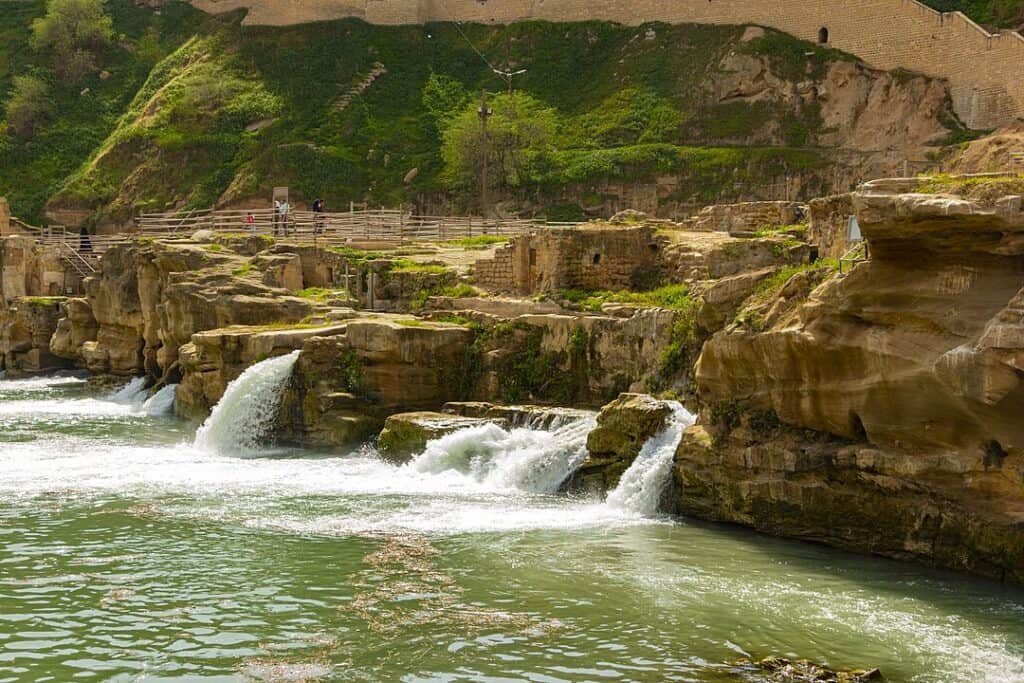
A 2,000-year waterworks turns river force into food and industry. Tunnels, diversion canals, and stone weirs feed mills that once ran day and night, while a terraced cascade still cools the air. Engineers mapped current, not just bricks, and tied rights to seasons and crop needs. The site reads like a syllabus in public works: fair shares, flood control, and design that earns its keep long after empires fade. It is infrastructure as heritage, still teaching.
Wadi Al-Hitan, Egypt
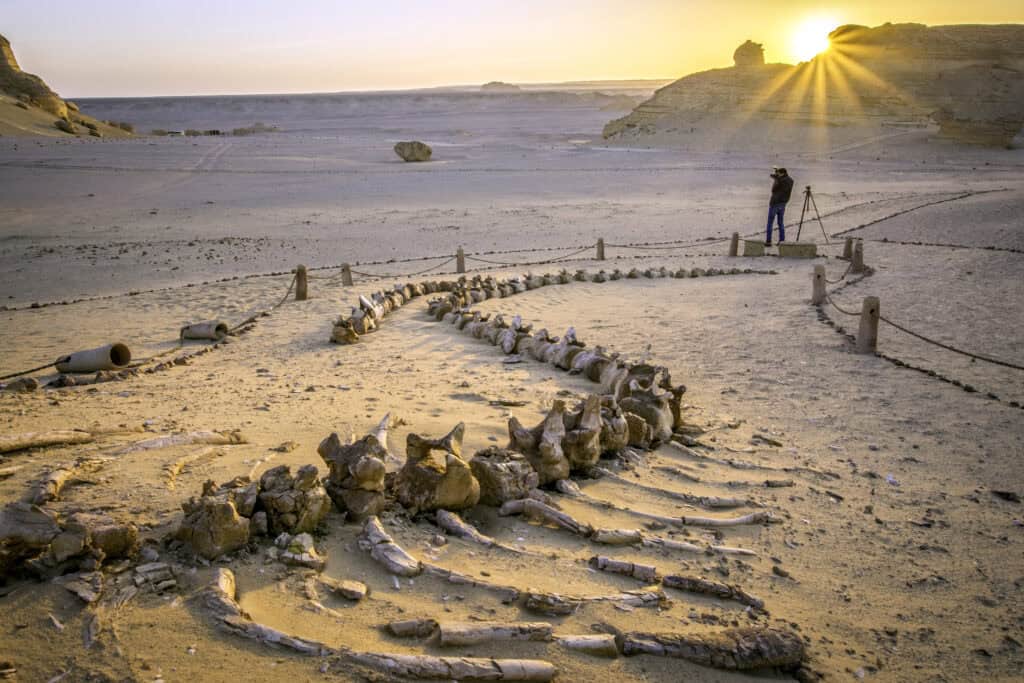
Whale skeletons lie in the desert where an ancient sea receded, ribs arcing like tents against sandstone. Guides trace how legs shrank, spines flexed, and hearing shifted for water, turning geology into a clear story of change. Trails are low-impact and stargazing is excellent, so the day slides into a quiet night. Fossils stay in situ, protected by careful paths and simple signage. The power here is patience: sand, time, and bone aligning into memory.
Tsingy de Bemaraha, Madagascar
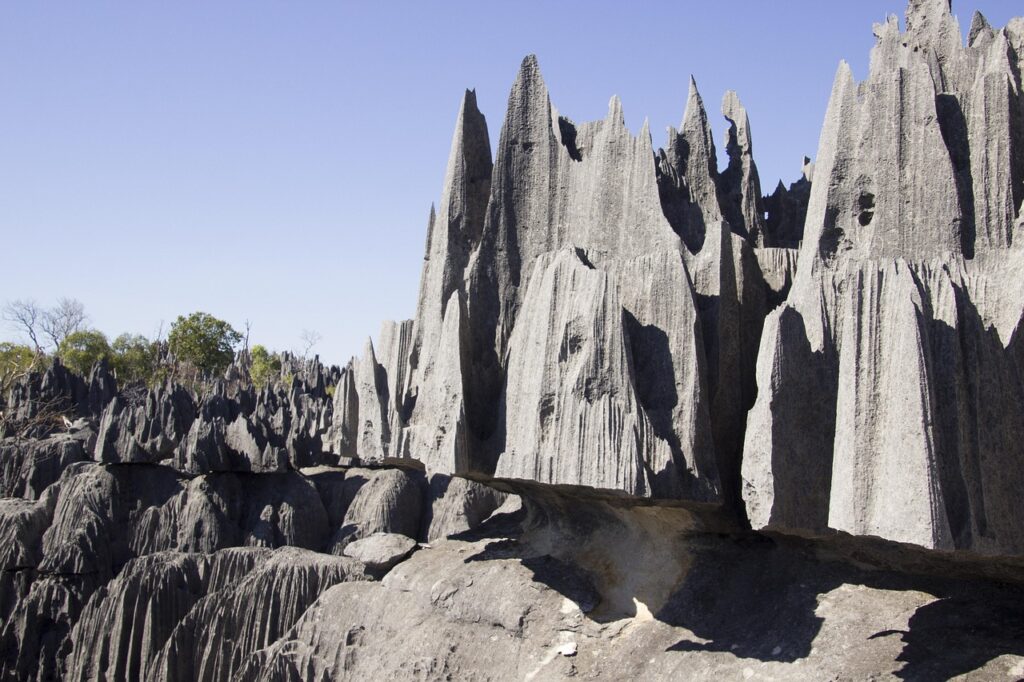
Limestone blades rise like a frozen storm, carved by rain into a maze of spires and caverns. Rope bridges link viewpoints where sifakas leap and sun glints off knife-edged stone. The reserve protects dry forests, rare birds, and caves that hold clues to vanished waterways. Local guides pace crossings with care and point out plants used for medicine or fiber. The lesson is balance: move slowly, read the rock, and let the landscape set the rhythm.
Danube Delta, Romania
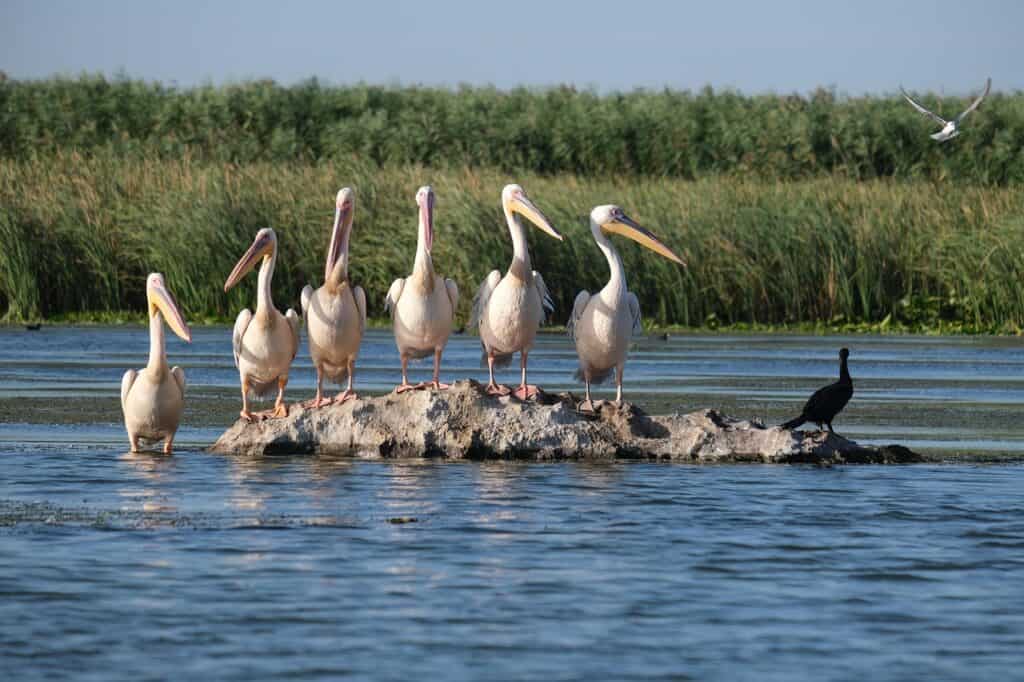
Europe’s second-largest delta moves each season, knitting reed beds, lakes, and channels into a living map. Pelicans wheel overhead while fishermen ease past willow islands in quiet boats. Villages sit low, painted bright against endless sky, and meals lean on carp soup and brined cheese. Protected zones and traditional rights overlap, so conservation and livelihood share the same water. It is a working wetland, and the work is what keeps it wild.
Chavín de Huántar, Peru
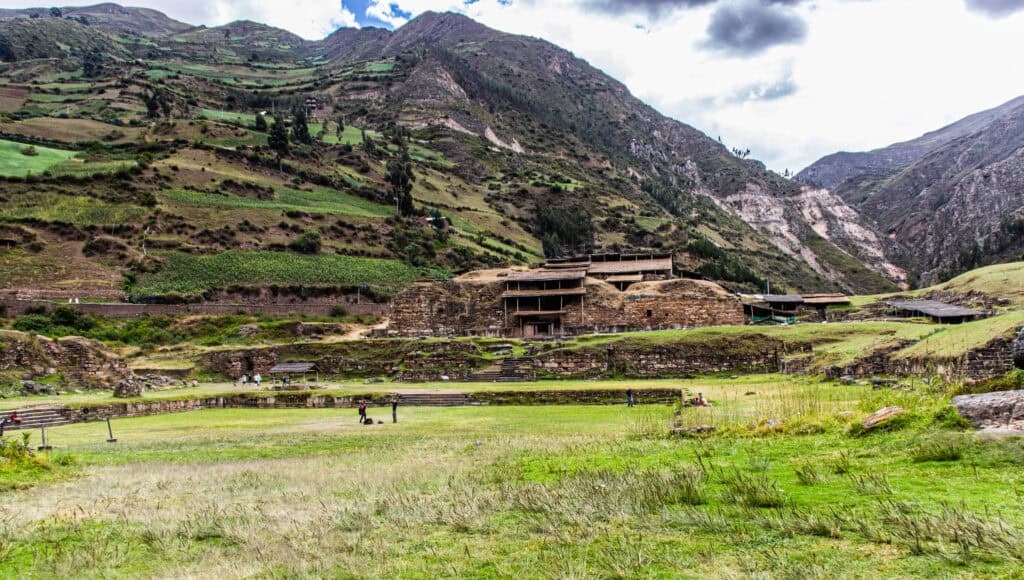
High in the Andes, galleries and plazas align with stars and sound. Labyrinthine tunnels carry water to roar like thunder, while carved heads hint at rites that blended power and spectacle. The stonework is cool to the touch; the planning is warm with intent. Archaeologists read canals, not just carvings, and map how festivals tied farmers to priests. It feels less like ruins than a manual on how ritual, trade, and engineering hold a region together.
Ancient City of Polonnaruwa, Sri Lanka
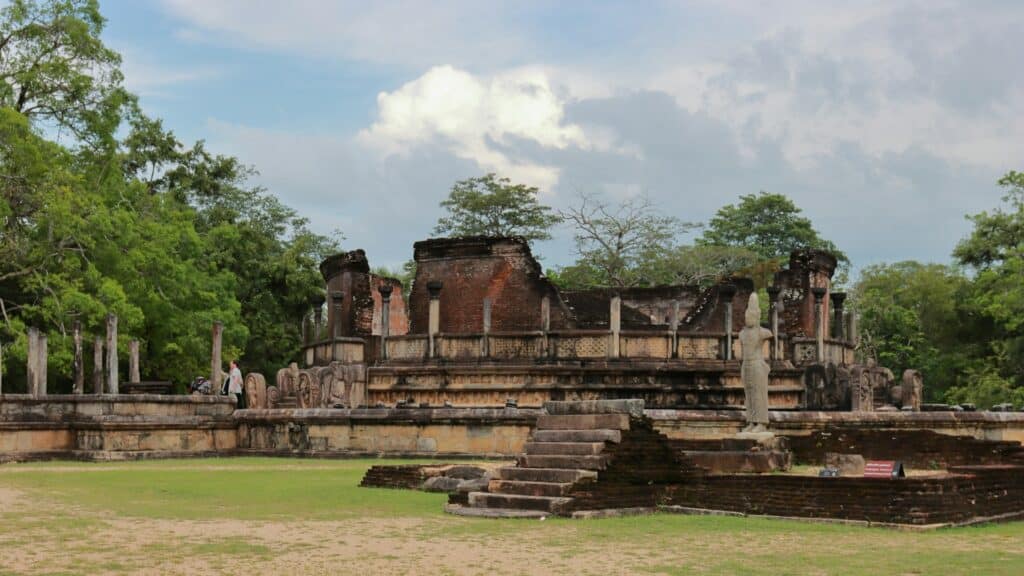
Reservoirs called tanks frame a city of moonstones, bathing pools, and serene granite Buddhas. Hydraulic genius sits beside graceful brick, feeding fields that roll to the horizon. Cyclists drift between stupas as macaques mutter in the trees, and restorers work with gentle hands. The throughline is stewardship: water stored, shade planted, and art made to last. It is urban planning that still irrigates, long after the court moved on.
Kutná Hora, Czechia
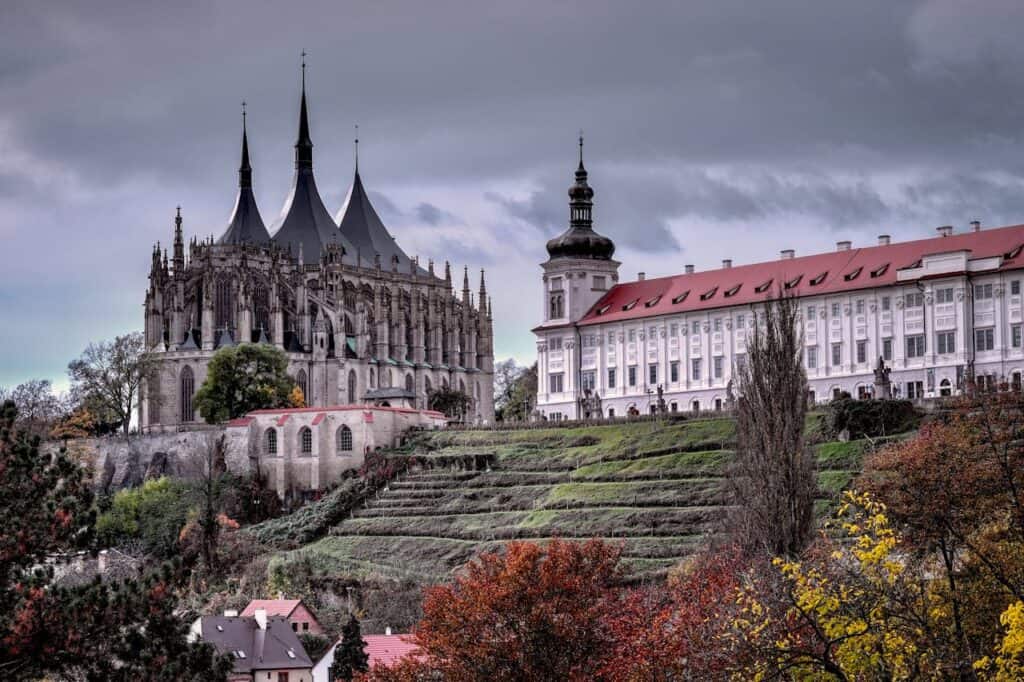
Silver paid for chapels that twist late Gothic into something sly and precise. The town’s bones are mining, and guides talk wages, strikes, and coinage as much as frescoes. At Sedlec, an ossuary arranges history into candlesticks and coats of arms, walking a line between devotion and inventory. Small cafés and workshops fill the lanes, so beauty and labor share the stage. The lesson lands gently: wealth is process, not just polish.
Historic Centres of Berat and Gjirokastra, Albania
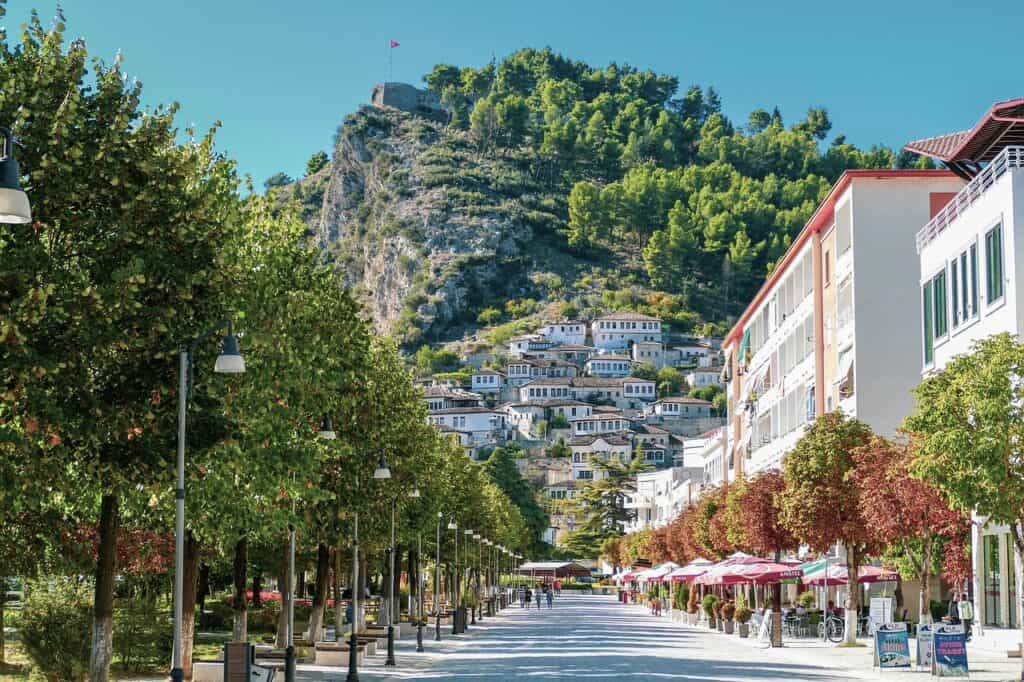
Ottoman-era towns step down hillsides in rows of windows and slate. Stone bridges cross green rivers; citadels hold small museums where textiles and rifles sit side by side. Families still live in whitewashed houses, baking by old rhythms while guesthouses host travelers with plum jam and coffee. Preservation here is domestic, not frozen, so repairs show and life continues. The continuity feels honest and earned on streets built for feet, not spectacle.
Rila Monastery, Bulgaria
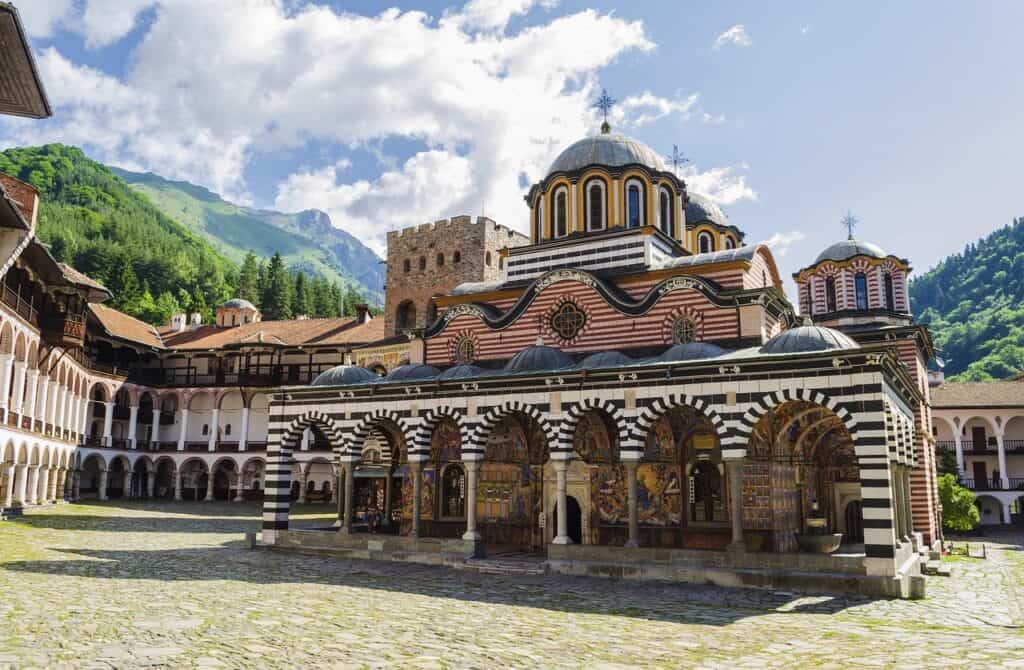
Black-and-white arcades frame frescoes bright enough to light a cloudy day. Forested peaks lean close, and bells carry across a courtyard that has sheltered pilgrims, herders, and dissenters. Monks keep a quiet routine while visitors climb to wooden galleries and lean into painted saints. The library guards chronicles and herbal lore, reminding that learning once sat behind thick walls with sheep nearby. Spiritual life and mountain life braid together with no strain at the seams.
Hiraizumi, Japan
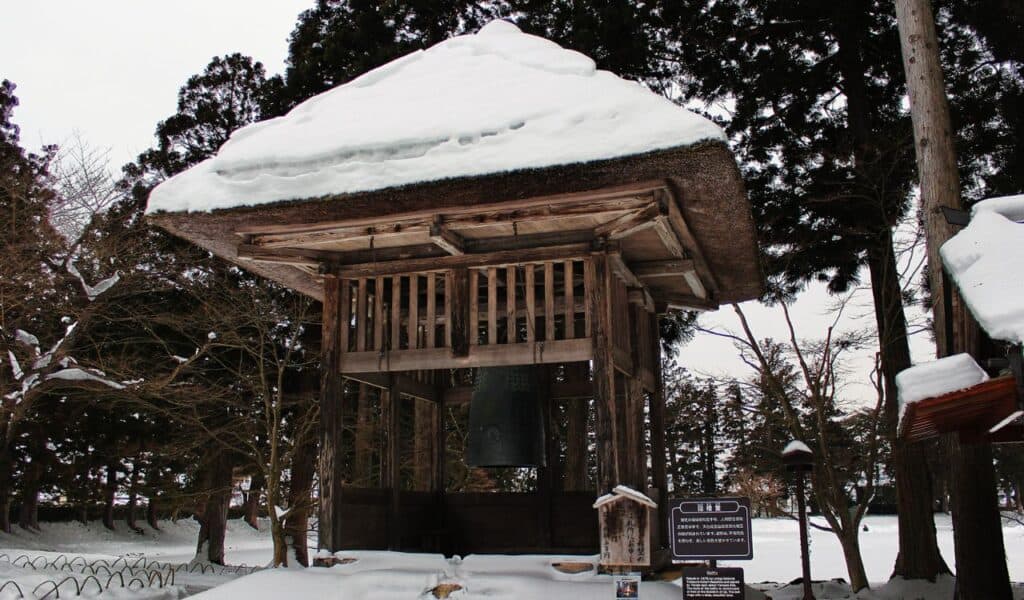
Gardens and temples model a Buddhist Pure Land in earth and water, a landscape poem built for walking. Ponds mirror cypresses, and gold hall panels catch late sun in a way that slows breath. The calm is deliberate, made of gravel lines and moss tended by generations. Stone markers point to tales that still move locals, so memory feels anchored and lived. It is a demonstration of care as craft, with silence doing most of the talking.
Ilulissat Icefjord, Greenland
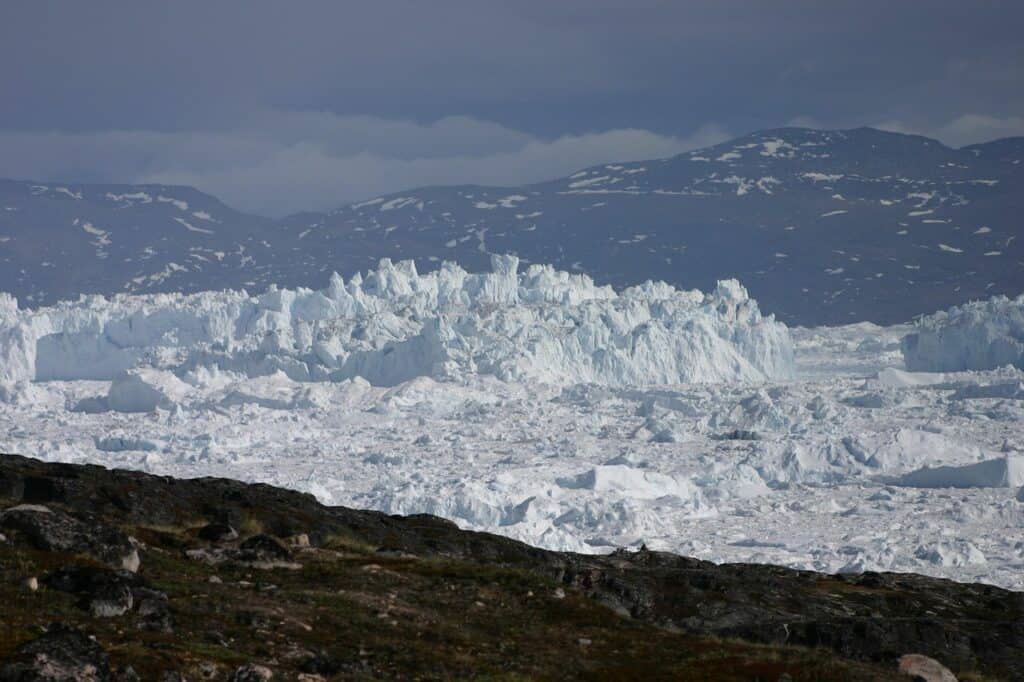
A glacier feeds an armada of ice into a blue, ringing bay. Trails stay above the heave and crack, while guides explain how currents, wind, and warmth shape the daily release. Sled dogs sleep in bundles near painted houses, and the harbor shifts color by the hour. Climate talk is not abstract here; it is sound, scale, and salt on gloves. The grandeur sits beside workboats and fish racks, grounding awe in small, steady tasks.
Other Blog Posts You Might Enjoy
www.idyllicpursuit.com (Article Sourced Website)
#UNESCO #Sites #Americans #Overlook #Author #Kathy #Haan
